Thinning your seedlings is a necessary evil.
On the one hand, thinning helps produce greater yields in the garden, since overcrowded seedlings compete for sun, nutrients, and moisture. When they lack adequate space to develop roots, they can become stunted and unproductive. They’re also more susceptible to fungal and bacterial diseases if there’s not enough air circulation between plants.
On the other hand, thinning can be tedious work if (like me) you tend to sprinkle your seeds pretty liberally in the soil and are faced with hundreds of seedlings to thin every season. (Overcrowded carrot seedlings are a common problem with how tiny the seeds are.)
The one saving grace that makes this task bearable is treating those thinnings as an early harvest of your crop—and that includes greens you normally wouldn’t think to eat, such as carrot tops (which are indeed edible!), cucumber sprouts, and bok choy seedlings, as well as “fancy” greens you’ve likely seen in a supermarket, such as sunflower sprouts, broccoli sprouts, and radish and daikon sprouts.
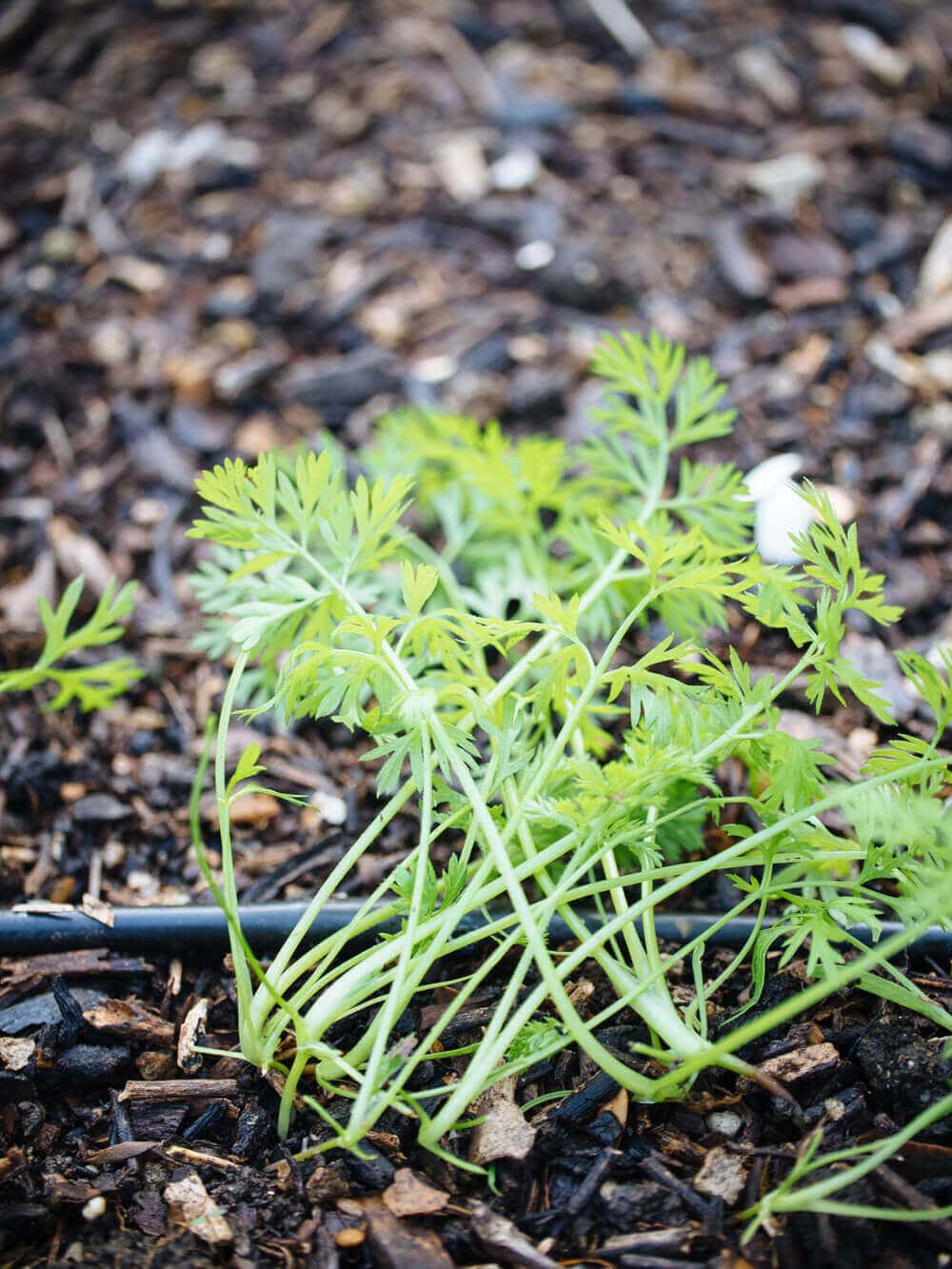
All of these seedlings (known in culinary terms as sprouts, shoots, and microgreens) are fully edible and highly nutritious versions of your favorite vegetables. When you thin them, don’t toss them!

The seedlings are delicious in salads and sandwiches, or as toppings for pizzas and omelets. (A microgreen salad, dressed in a simple vinaigrette and scattered over those meals once they come off the heat, is my favorite way to spruce up a one-pan dish.)
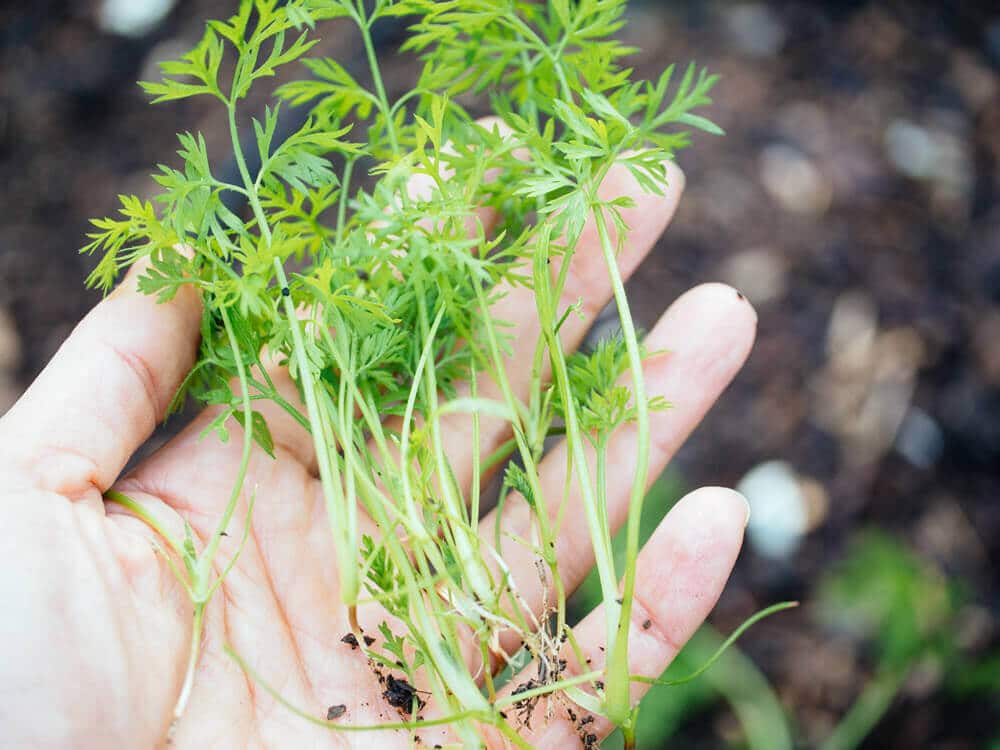
Generally, you should start to thin seedlings when they’re 1 to 2 inches tall; this gives them a little time to grow so you can see which seedlings are strongest. Sometimes I’ll wait a little longer with root vegetables, like beets and radishes, as I like the more substantial greens. If you’re the same, simply harvest the seedlings once they have a few sets of true leaves.
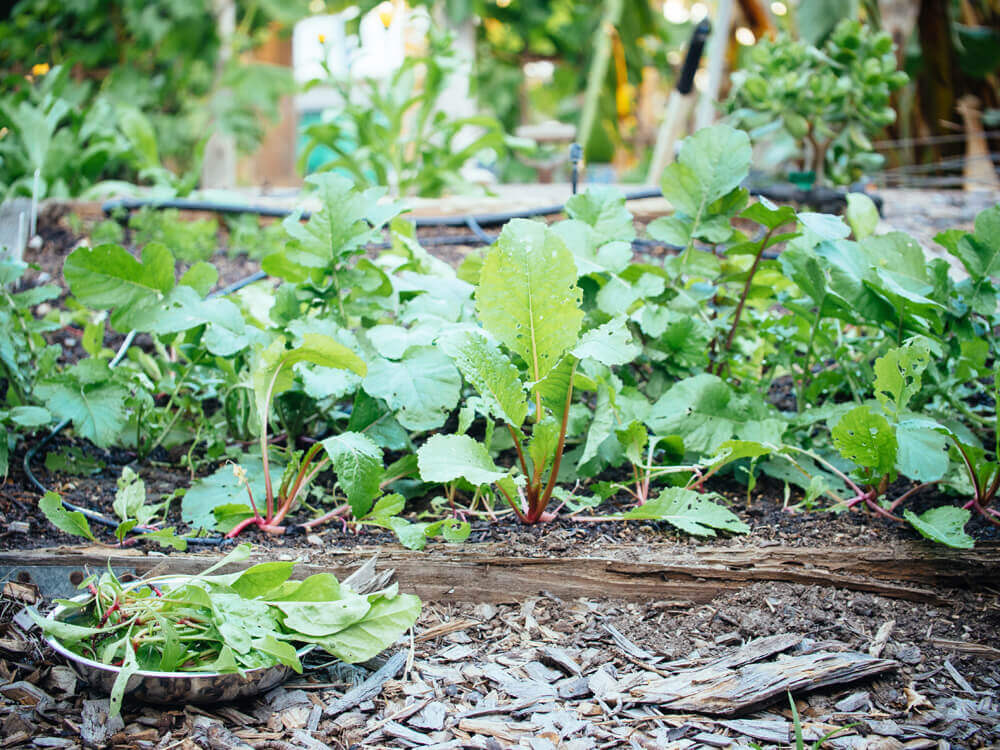
Depending on how crowded your seedlings are, you could pull them out (taking care not to disturb the surrounding plants) or snip or pinch them off at soil level with a pair of small scissors or micro-tip pruners. In a single thinning session, you could easily have enough greens for a small salad!
Disclosure: If you shop from my article or make a purchase through one of my links, I may receive commissions on some of the products I recommend.
Recommended
Micro-tip pruners
The sharp blades, precise tips, and spring-action handle make easy work of light pruning and harvesting in the garden.
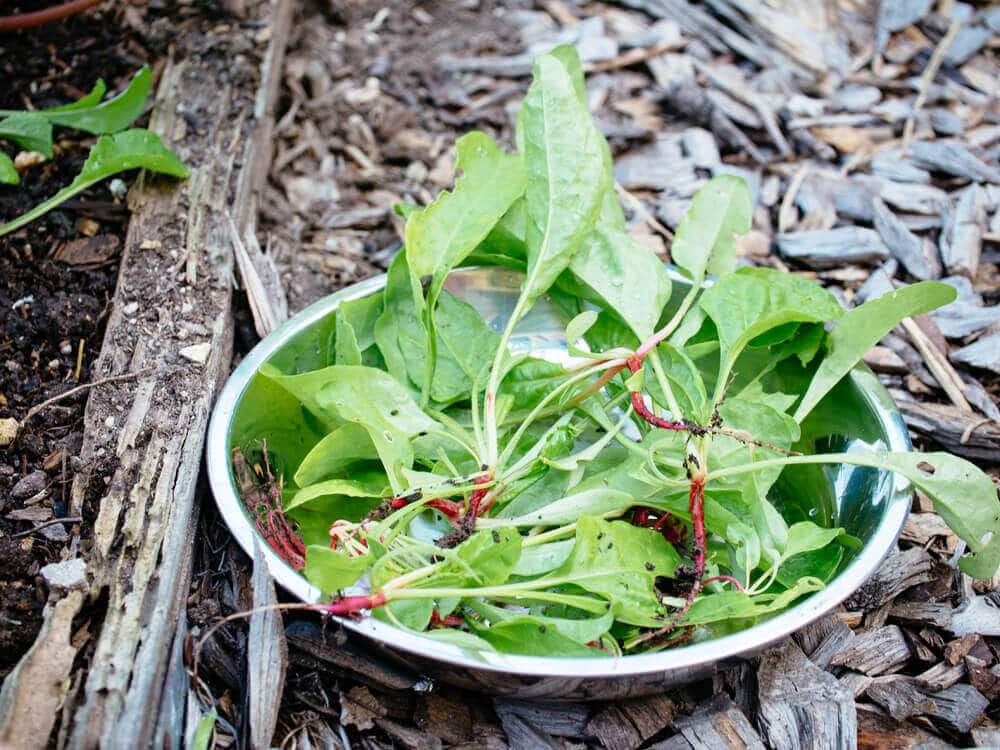
My favorite thinnings to eat:
- Tender greens (lettuce, spinach, chard, arugula, radicchio, bok choy, tatsoi, and other Asian mustards)
- Brassicas (kale, broccoli, cauliflower, cabbage, Brussels sprouts)
- Legumes (edamame, snow peas, fava beans, snap beans)
- Climbing plants (summer and winter squash, peas, cucumbers)
- Root vegetables (carrots, beets, radishes, turnips)
- Herbs (basil, cilantro, parsley, fennel, dill)
- Flowers (sunflowers, nasturtiums)


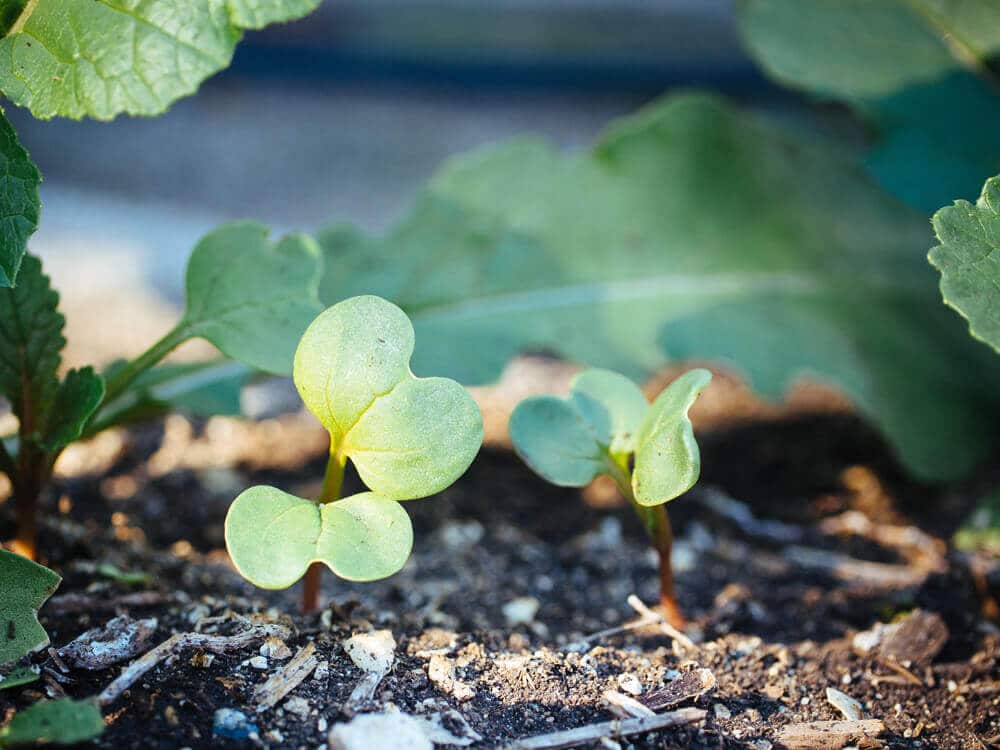
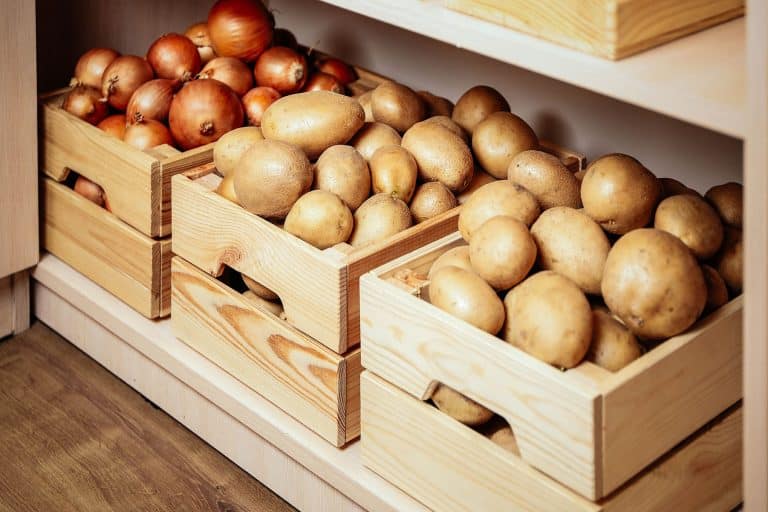

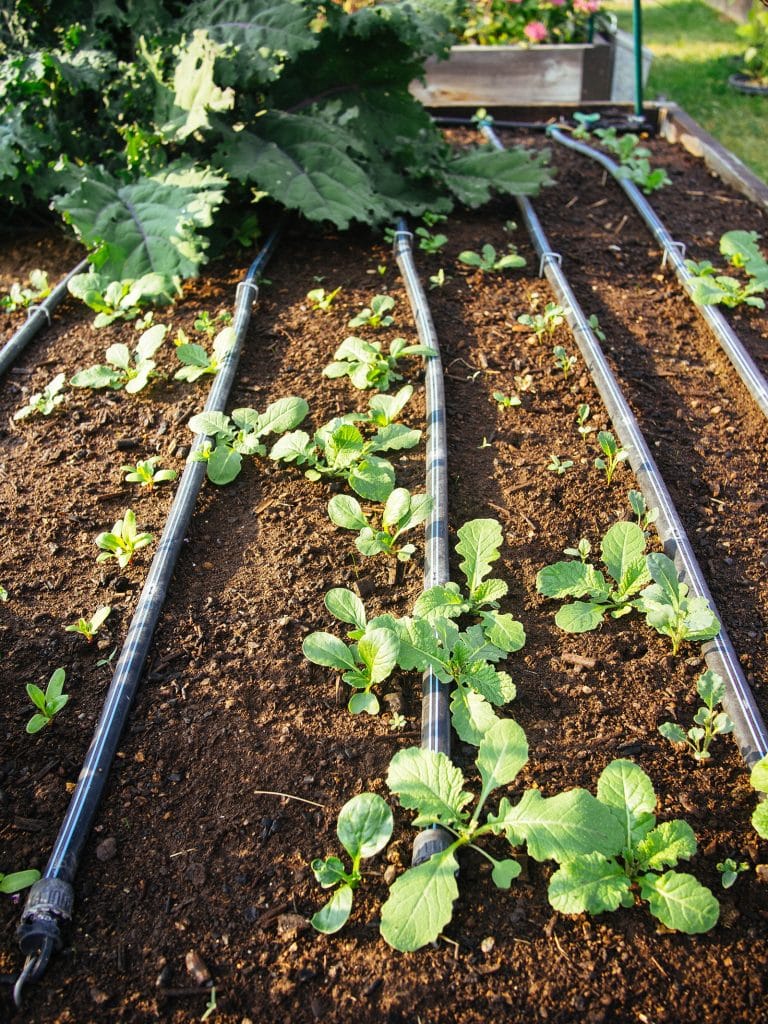



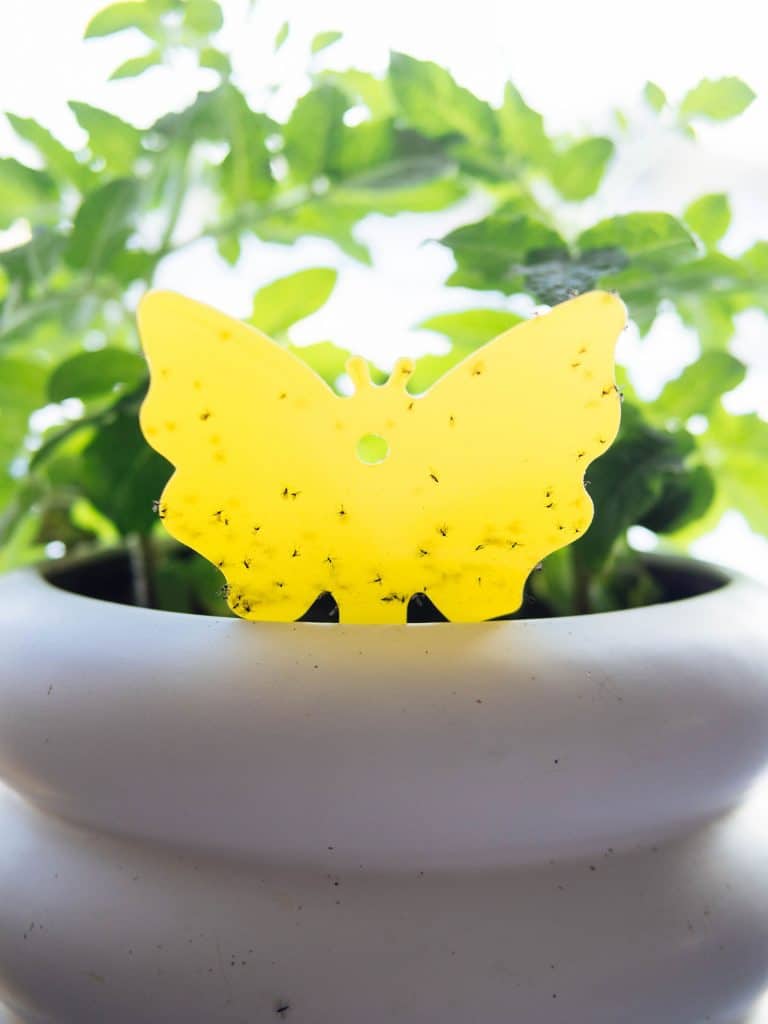
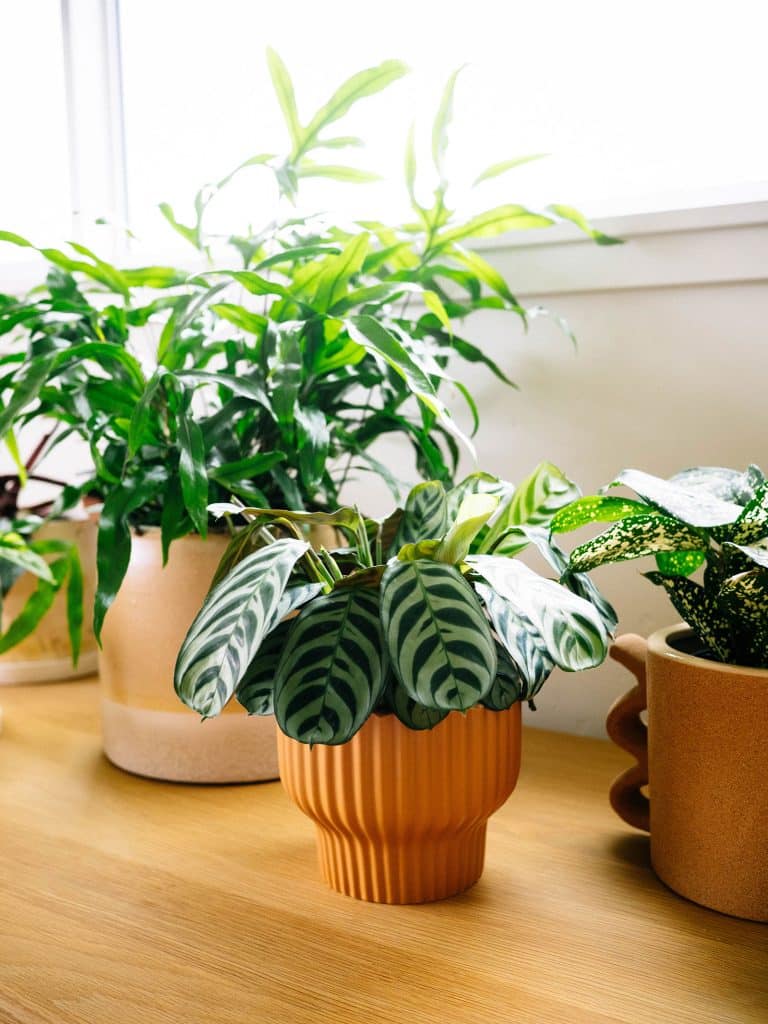
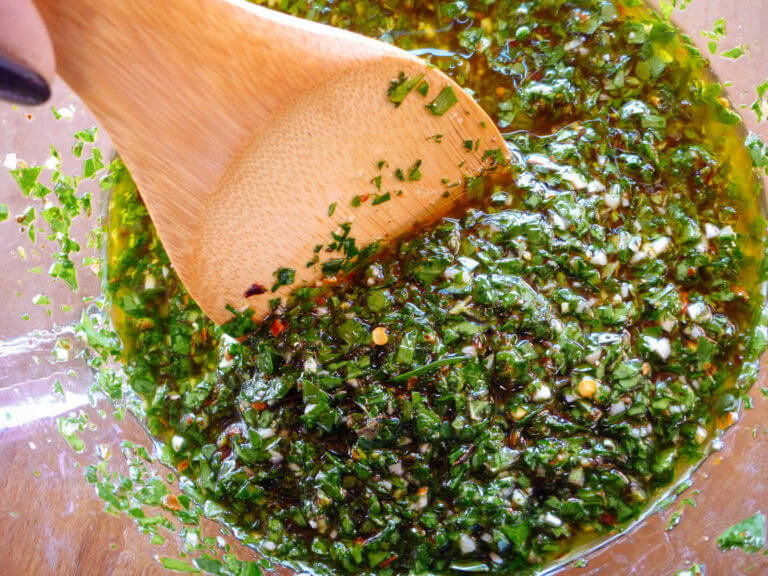
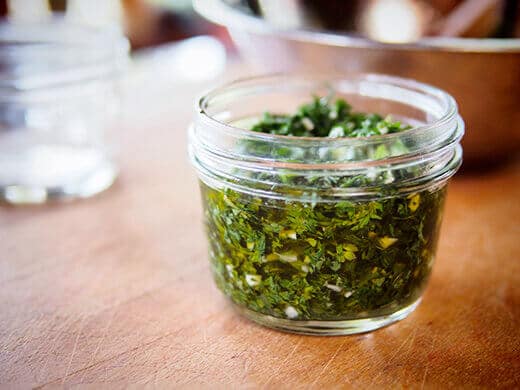
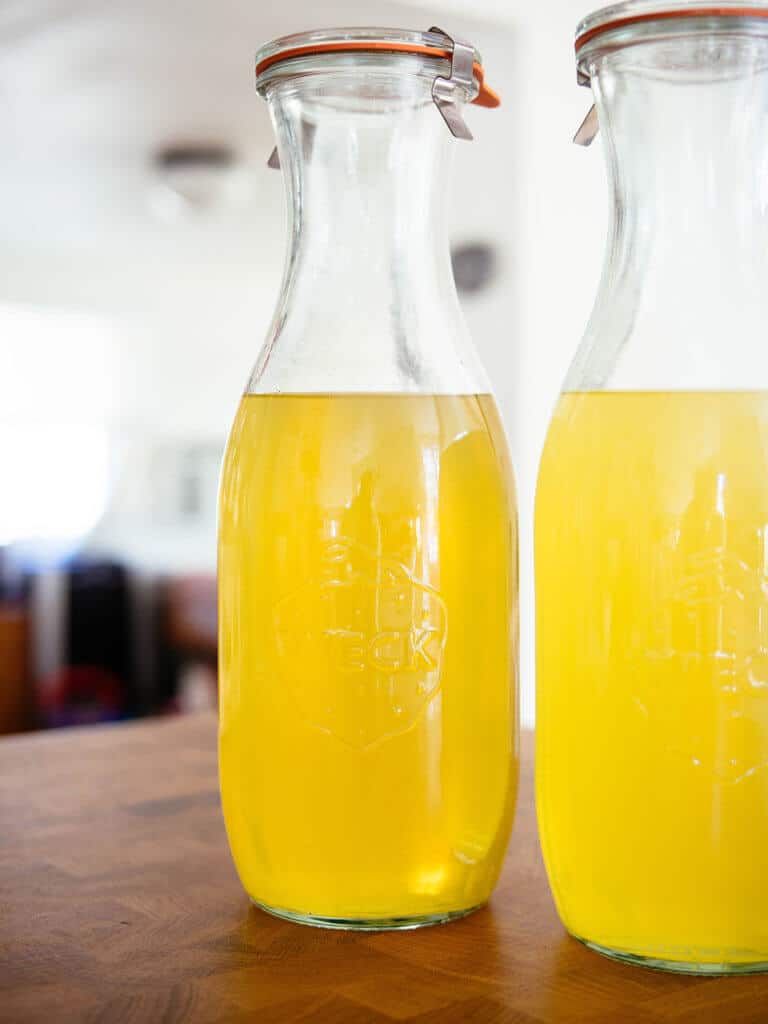
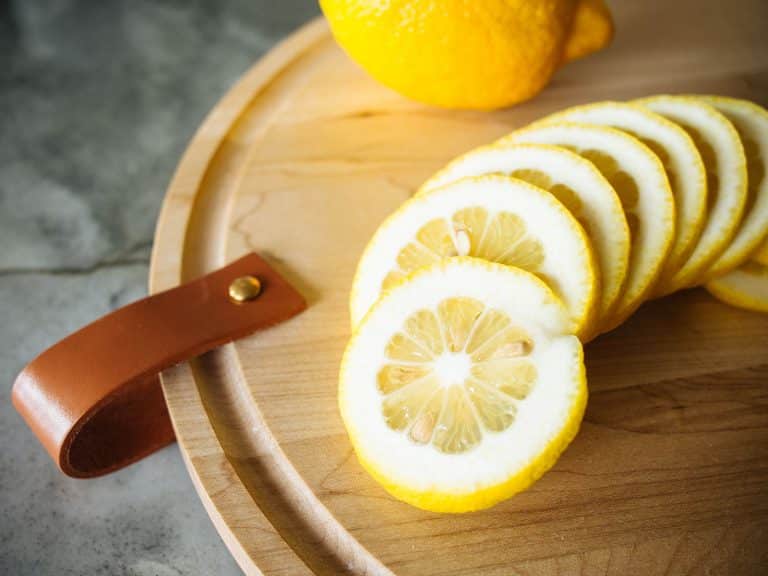

Whoaaaaa! So bitter! Hahaaa!! I tried my cucumber seedling clipping…oh my!
Yes, same for my lettuce sprouts!
Can I eat parsnip sprouts? Recipes?
For newbies, it would be helpful to explain what thinning is.
read the seed packet and see what distance apart plants should be. then look at your seedlings, if any are too close remove them to enable the proper distance. the seedlings removed are the thinnings
Thanks for sharing. I have not thought about thinning seedlings before to increase my yield. Will try to make your way.
Totally agree.. Thinning is one of the best ways to yield more crops especially with green leafy veggies. Been doing it on my garden too. 🙂